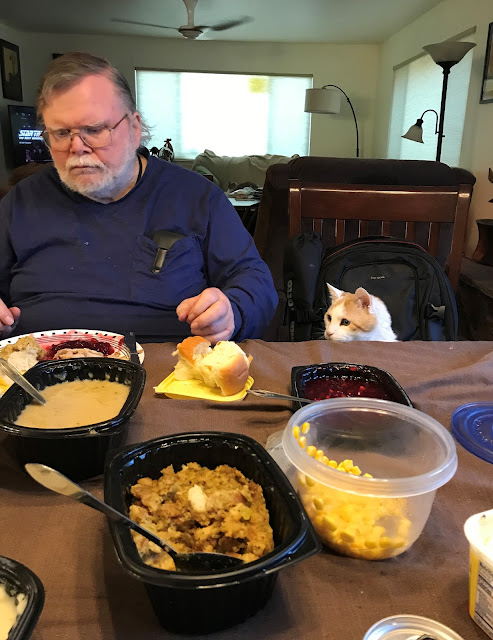When Pets Are Dying (and Have Died), Owners Need Support, Too

I have written a bit about the process of pets dying before, along with the ways in which vets can be (or not) helpful. In that post, I shared a book by Barbara Karnes on understanding the pet-dying process, which I had found very helpful and which would have provided me with a fair amount of relief and guidance had I known about while Murjan was still alive. It explained much about his dying process and death that was comforting in retrospect. You can read that post HERE . In this post, I want to share the emotional aspects not only of the dying itself but also of the role of the support community (which should be supportive but in our case was not so, at least not to the extent that we needed and that could have been). As a result, my experience with Murjan's dying days were traumatic--more traumatic than they should have been because of lack of support from the veterinary hospital that should have been my source of support. As I explained in the earlier post, Murjan had...




